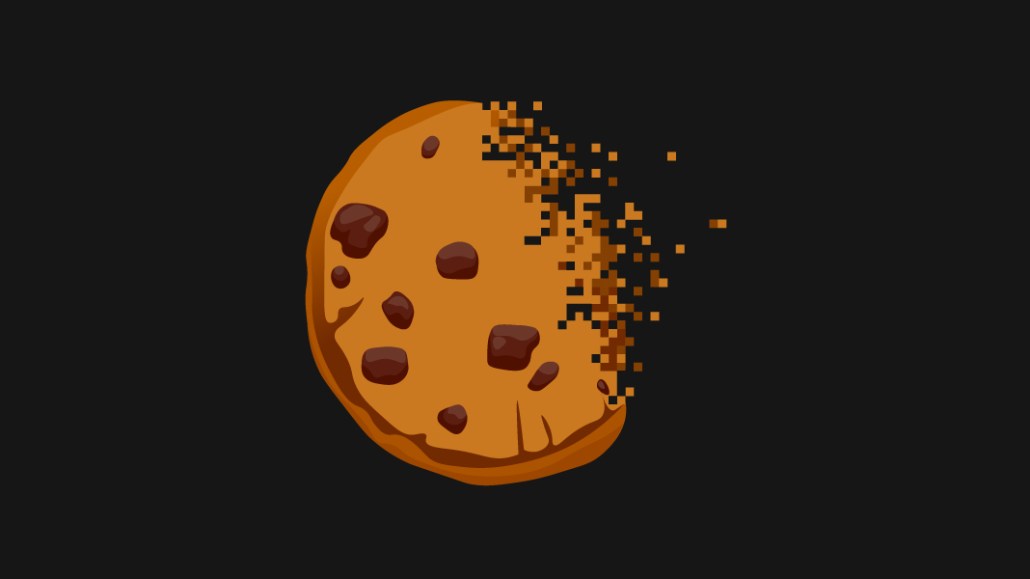Save 50% on a 3-month Digiday+ membership. Ends Dec 5.
With cookies on the way out, advertisers turn to old-school measurement methods

With third-party cookies on the way out, some advertisers are resuming their use of methods they once considered expendable.
Since Google said it would remove third-party cookies from its Chrome browser by 2022, advertisers have been in a bind: They need to find ways to replace the granular audience data they acquire from third-party cookies in order to continue to hit their monthly marketing targets. The predicament is prompting some advertisers to dust off old measurement techniques and increase their reliance on the platform companies that they have tried to keep at arm’s length — all in order to access more audience data.
“I’ve had clients come to me asking whether using mobile IDs is the basis for good workarounds to cookies’ going away,” said the data strategy director for one advertising agency who did not wish to be named. Since the browser companies are unanimously opposed to granular audience tracking, workarounds like mobile IDs (which track users for as long as they are carrying their device) are not viable alternatives, said the data strategy director. Third-party cookies generally track only a single session on a site.
Now advertising agencies are receiving fervent pitches from research companies that interview users through in-person or online surveys. These research-based “data companies are selling to our team hard since Google announced it was killing off third-party cookies,” said the data strategy director.
Through the insights offered by the research studies, advertisers can glean data about sales and foot traffic and how their ads are boosting brand perceptions or their reach across various screens. But these methods require advertisers and their agencies to pay close attention to detail. While certain advertising executives shudder at the thought of reverting to this antiquated measurement method, some agencies are considering using these techniques out of necessity.
Also on the comeback: programmatic guaranteed deals, according to three media agency executives interviewed for this article. These private agreements between an advertiser and a publisher settle on a price for pre-negotiated inventory, with first-party targeting over specific period of time. Several years ago such deals offered a safe haven for advertisers that wanted to avoid the fraud, hidden fees and lower-quality impressions found on the open programmatic advertising marketplace. But as the open marketplace’s performance and safety has improved, advertisers have opted for regular programmatic advertising deals to avoid the steep costs in guaranteed programmatic deals. The impending departure of third-party cookies, however, could tip advertisers back to favoring guaranteed programmatic deals if they can broker a way to gain more data from publishers.
“By working with publishers directly on their proprietary data we can finetune audience definition in custom segments, offer a closer relationship between brand and publishers and keep the open web relevant vs walled gardens,” said Isabelle Baas, Starcom London’s managing partner for digital, data and technology strategy
Ad position: web_incontent_pos1
Since in the future with the absence of third-party cookies, publishers will have more power as the gatekeepers of audiences, advertisers will aim to increase their direct relationships with publisher’s commercial teams.
“For a while, we went down an interesting route of decoupling second-party data from inventory, so that the data can be used within a publisher group or by using it within a [demand-side platform] across other media,” said James Coulson, Infectious Media’s managing partner for strategy. “While the death of the cookie will kill that process of decoupling data from inventory, there are going to be people trying to leverage second-party data [from publishers] through programmatic guaranteed or through some private marketplace.”
If these solutions don’t work, then advertisers could be prompted to advertise within walled gardens like Google’s and Facebook’s platforms where audience data abounds; yet the platform companies won’t necessarily share all the data. In recent years the platform companies have erected “data-clean rooms” — or safe spaces for advertisers to access aggregated rather than customer-level data in a privacy-compliant way. But until now advertisers’ appetite for this has been muted as they have found the platform companies intensely control their access to the data. “Google wants to work with more technically advanced advertisers and agencies that are can interrogate the reach and frequency of ads as well as integrate the technology company’s data with advertisers’’’ own first-party data, said one media buyer who is currently using the data clean rooms of Google, Facebook and Amazon.
“The walled gardens control what data gets put into their clean rooms, and they have been known to change it on occasion,” said the media buyer. “Sometimes it’s for good reason because the metric isn’t right, whereas sometimes they change it because the data clean room isn’t a stable environment that lets data parse through it the right way.”
More in Marketing

Ulta, Best Buy and Adidas dominate AI holiday shopping mentions
The brands that are seeing the biggest boost from this shift in consumer behavior are some of the biggest retailers.

U.K. retailer Boots leads brand efforts to invest in ad creative’s data layer
For media dollars to make an impact, brands need ad creative that actually hits. More CMOs are investing in pre- and post-flight measurement.

‘AI is permeating everything we do’: How Guitar Center developed 2 AI tools this year
This summer, the company launched a chatbot called Rig Advisor to help customers find the right instruments and products.
Ad position: web_bfu




